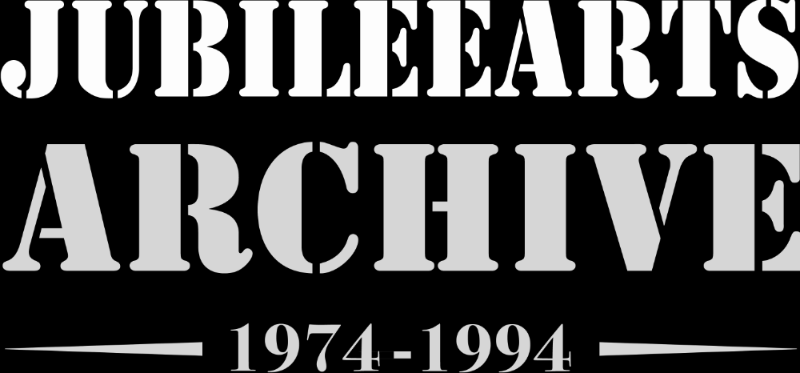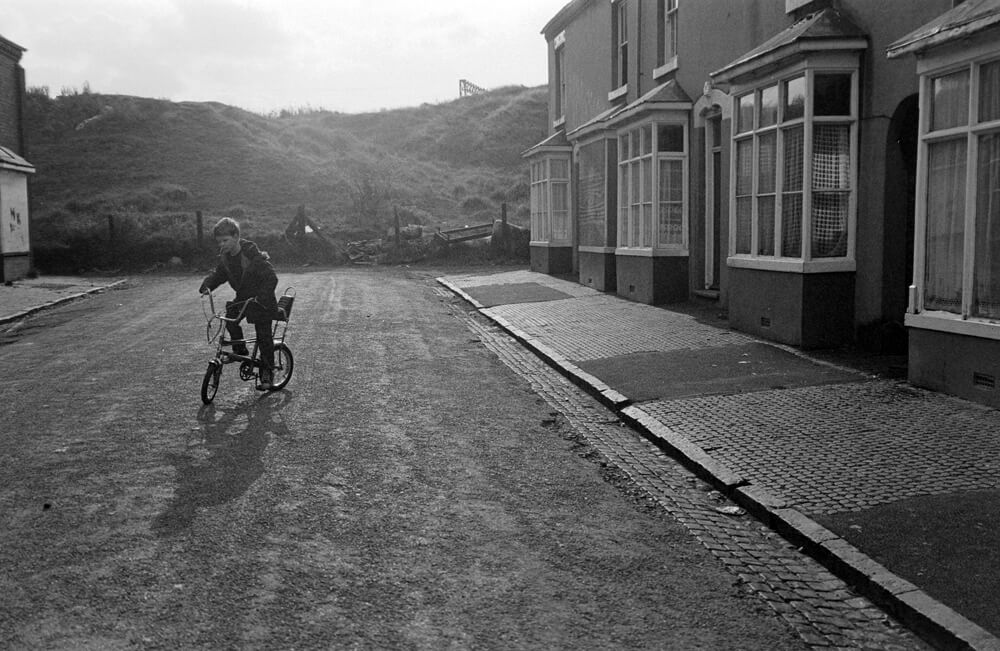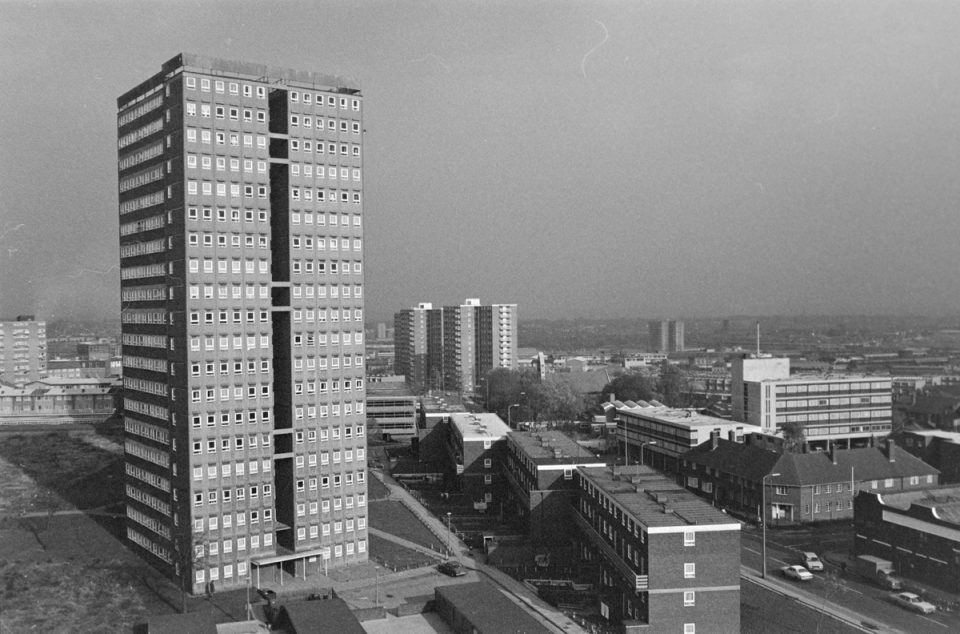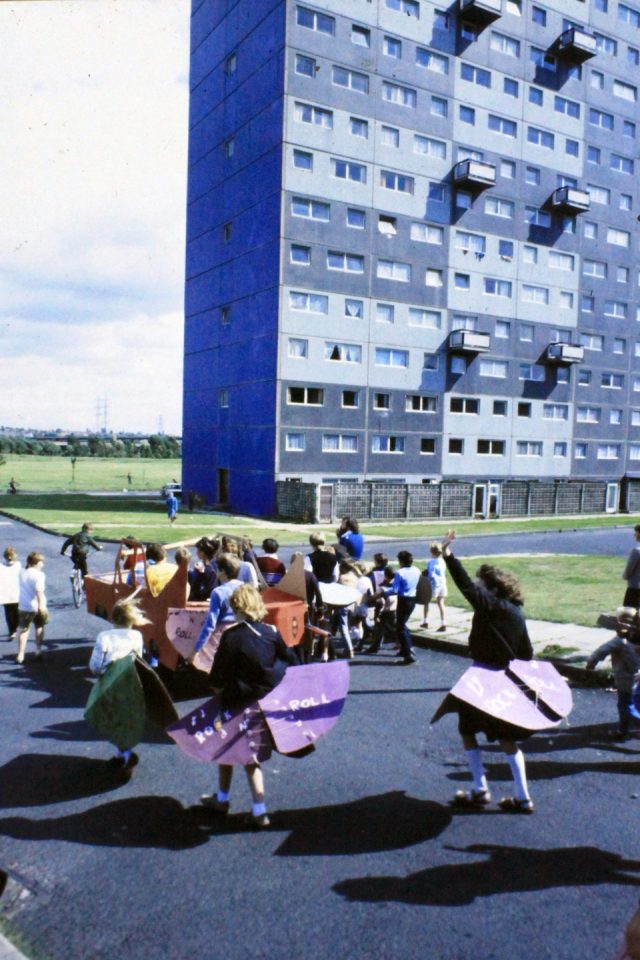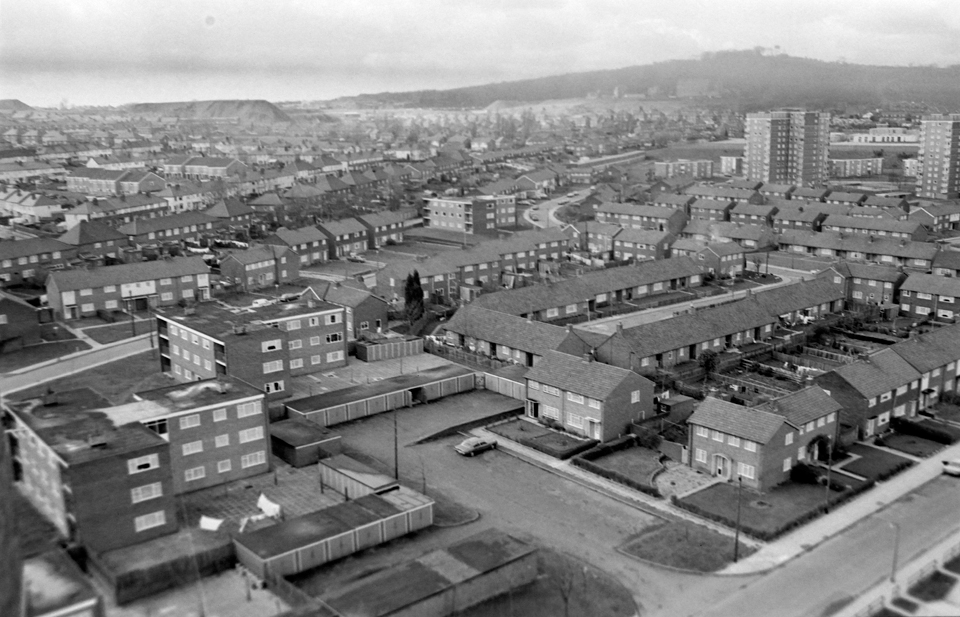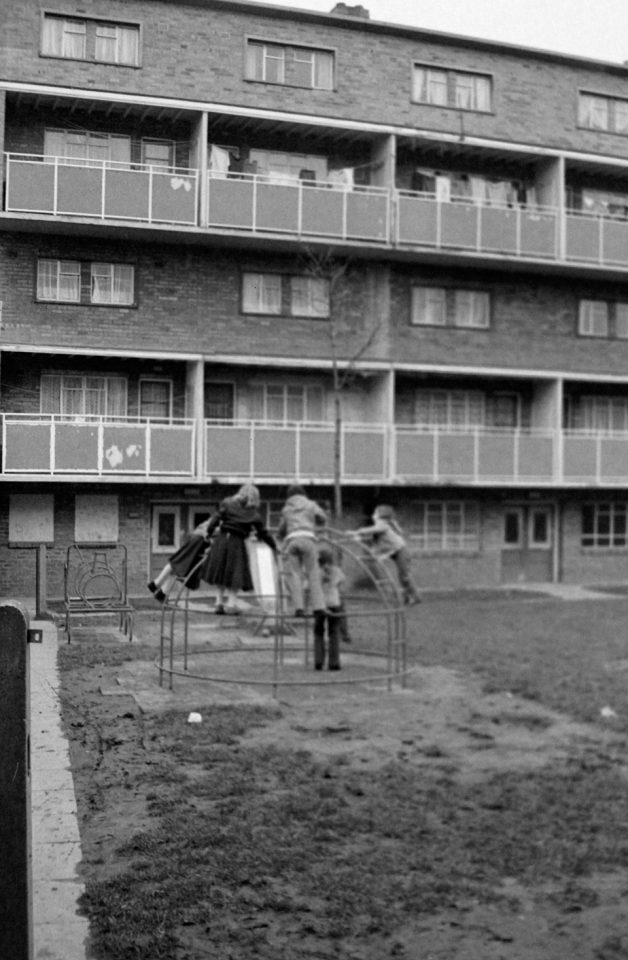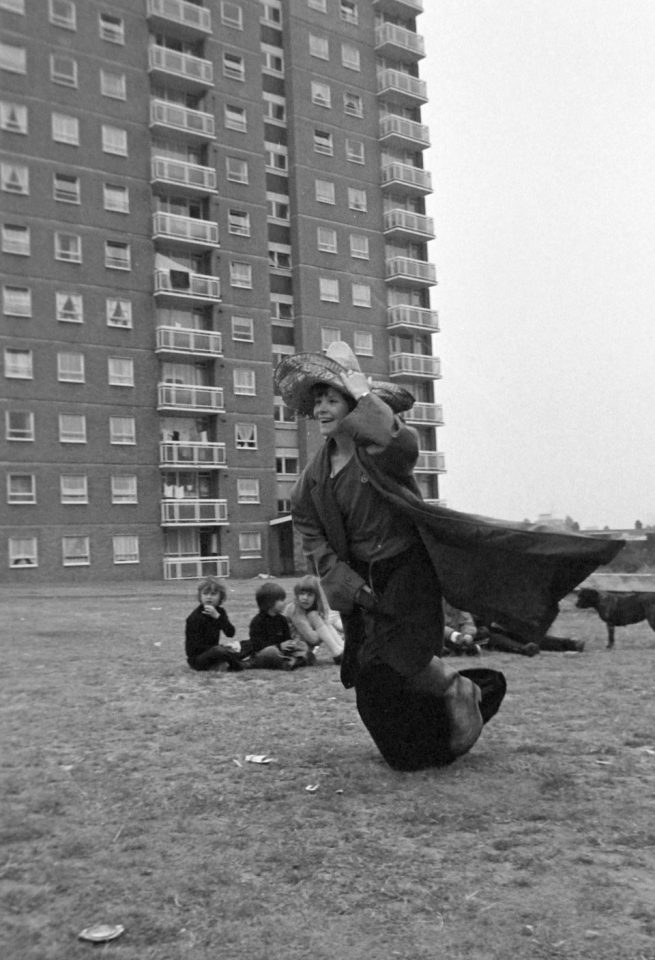A boy on a chopper bike in a street of terrace houses dead-ended by an old pit mound or former ash heap, former industrial land with a coating of course grass. All around in the Black Country, the extraction of coal and iron and lime deposits left their mark on the landscape, the detritus of the great industrialisation of the 19th century industry, the smelting furnaces, the canals, the steel rolling mills, the chemical and glass factories, the quarries, the marl holes – great cavernous gaps in the ground where clay was extracted for brickworks, these and former pit areas later filled in later filled in and turned into park areas, the ground deemed too unstable to built upon. By the 1990s, the borough of Sandwell had the greatest proportion of derelict land outside of London.
On the Rocket Pool council estate where I grew up, built in the late 1950s on the site of old colliery, as a child it seemed we were surrounded by an ugly yet magical landscape. You could wander along the overgrown towpaths of canals, find wrecked half-submerged barges, explore vast derelict factories alongside, find drowned quarries or great cracks in the earth which smoked from fires deep underground, walk to see the great mound called Elephant Rock, a perilous slag heap which some foolish and adventurous types would attempt to climb, or simply ride your chopper bike down streets which were mostly empty of cars back then.
Novelist and journalist, David Christie Murray was born in West Bromwich in 1847. He later described the place of his birth as: ‘Mountains of slag and shale, Ben Lomonds of furnace waste and Snowdons of the refuge of the mines are piled in wild confusion. A stagnant canal reticulates into a filthy liquid network, and spreads its city aroma in unclean embraces about the edges of tawny meadows, whose poor attempt at grass is quenched by ramps of scorching ashes. The roads are muddy and ill-kept; the houses are tumbledown and dirty. Nature is strangled. The very sky is black in the face. There are a few gaunt and melancholy stumps that have been trees. To the fanciful mind they seem on rainy days to be dropping those sooty tears of theirs in sorrow over long-departed leafage – grown maudlin with recurrences of misfortune. Clatter of giant hammers, like the discharge of heavy artillery; clatter of countless anvils like the loose-dropping fire of near skirmishes; clank and clang of iron and pit tackle, as those Prometheus were bound here, and rattling his chains in some black nightmare; rumble and roll, and roar and shriek, as of some battle of the Titans – this, ladies and gentlemen, is the Black Country.’
Later, in the 1930s, J.B Priestley wrote: ‘Industry has ravaged it, drunken storm troopers have passed this way; there are signs of atrocities everywhere, the earth has been left gaping and bleeding; and what were once bright fields have been rummaged and raped into these dreadful patches of waste ground.’
This landscape has much changed, with swathes of green patches, retail parks and new housing enclaves omnipresent, the remaining canals cleaned up and used for leisure, but delve a little deeper and you will still find patches of abandoned and untouched land much the same as it was when Priestley passed this way.
